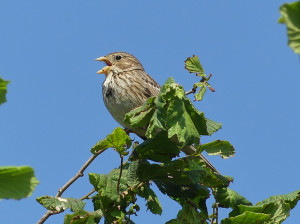
More Corn Buntings! Many people may be wondering what is my obsession with what is a rather dull-coloured, sparrow-like bird regarding the fact that I have posted quite frequently about this species here, on my Facebook timeline and on my Twitter account. Well, apart from the fact that in UK this is a red list species, meaning that it is of prime conservation concern, and that I grew up with them in the countryside around me, I also wrote my degree dissertation on crop selection of calling male Corn Buntings; with all of this it can be seen that this is a species that has always captured my imagination. Over the last few months I have been back in Kent, staying at my mother’s house from where I have made loads of walks through the countryside and made a bit of a survey of where local Corn Buntings are holding territories. Here I have made some notes on the features of Corn Bunting territories in North West Kent and have included the territory map that I have created and a whole lot of Corn Bunting photos taken in the area over the last few months.
The following map shows calling male Corn Buntings in the area. The coloured clusters represent individual males calling from various perches within their territories and I have tried to use different colours for each individual, although I ran out of colours and had to use some for a second time. This does not represent an exhaustive survey, just birds that I have come across on my walks and bike rides around the area. In some parts of this area I probably found most of the birds because of a good network of footpaths and from visiting frequently. Other parts of the area probably have more birds just because of a lack of footpaths restricting my access and infrequent visits, anyway, it gives an idea of where territories are held and of how many birds are in the area.
One particular pair of Corn Buntings have given me plenty of opportunity to observe them and take photos being just a short walk from my mother’s house. In fact when the male sits on one of his favourite perches, on top of an elm, he is actually viewable from the front room with a pair of binoculars; here he is.
Corn Buntings are birds of open areas, wide areas of natural grassland would be their historical habitat but that is mimicked by arable farmland, particularly that where cereal crops are grown. Around here the birds are most associated with wheat fields with some birds in pea fields and barley where these are grown. In the past they have occupied the same territories when oilseed rape was grown in the fields but they pretty much avoid vegetable fields and pasture/silage/hay fields.
In my studies at university I established that song post availability was very important for Corn Buntings and in my casual observations around here I have noticed that areas of apparently suitable habitat are not occupied where there are no field boundaries providing songposts unless there are overhead wires across the field to provide a calling perch. My most obliging pair also like a weedy patch along a footpath where there are a lot of mallow plants and other tall weeds to sit and call from.
I have noticed that around here Corn Bunting density is at its highest where there are plenty of weedy margins around and within the fields, mostly due to a network of footpaths and also where field boundaries have scattered trees/bushes or even the odd hedgerow. These features are not only important for song posts but also for secure nest sites; one territory which has been occupied consistently over the years contains wooden posts bearing electric cables and the farmer cannot farm right up to the post, creating a weedy patch around 4 metres squared which is a safe nesting habitat.
My nearest Corn Bunting pair occupy one of the most persistently used territories and it contains one hedgerow, one wire fence with scattered bushes and a footpath lined with weeds; most of the territory consists of wheat this year but it does also border a hay field although they very rarely actually enter this, preferring the wheat. Here are few photos of the territory.
When I did my Corn Bunting study in North Lincolnshire in 2006-7 I established that Corn Buntings were selecting umbellifers far more than any other song post but in North West Kent I have only once seen them singing from these types of plants, more usually they are calling from elm bushes, mallow and wires. It is probably that whatever provides the right elevation above the crops locally is the most important for this species. You can see a graph which shows song post selection in North Lincolnshire, summer 2006 here – Corn Bunting Data Analysis.
One last observation I have recently made is that in this area Corn Buntings are much more approachable when they are calling from bushes/trees above human head height than if they are calling from weeds below head height. I wonder if the extra height gives them a better view and a greater sense of security?
If any readers have a particular interest in Corn Buntings and wish to discuss their ecology with me, feel free to get in touch via email – nickupton@thaibirding.com. Anyone doing research on Corn Buntings is welcome to read a copy of my degree dissertation on request.
You can see more of my Corn Bunting photographs with some more notes on their ecology here - Corn Bunting Photo Gallery.


 July 3rd, 2017
July 3rd, 2017  Nick
Nick 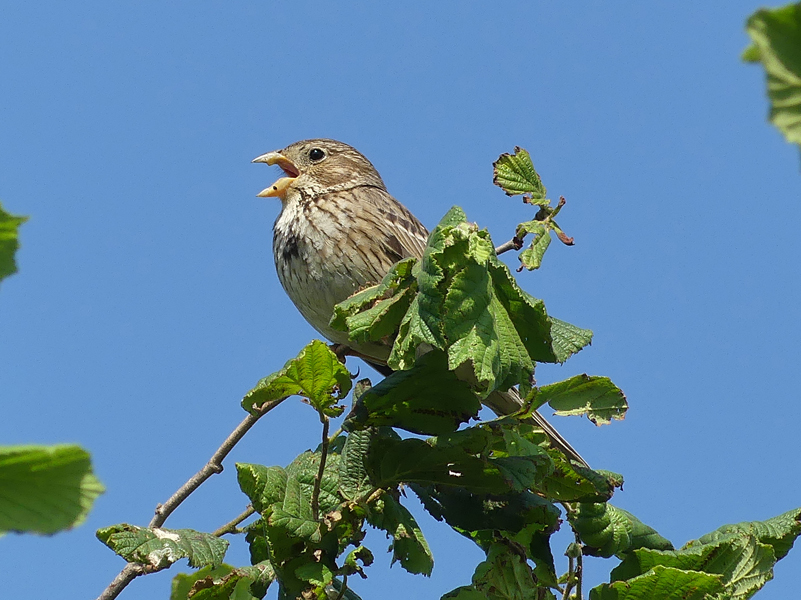
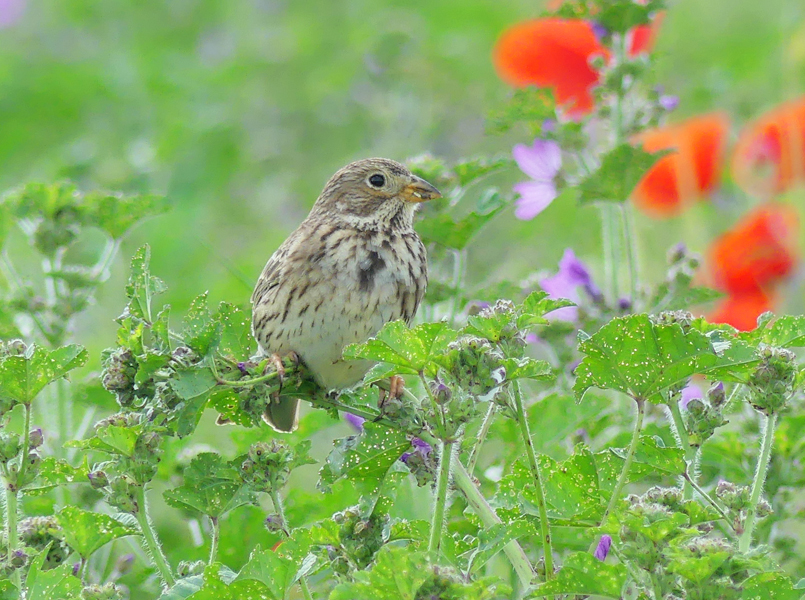
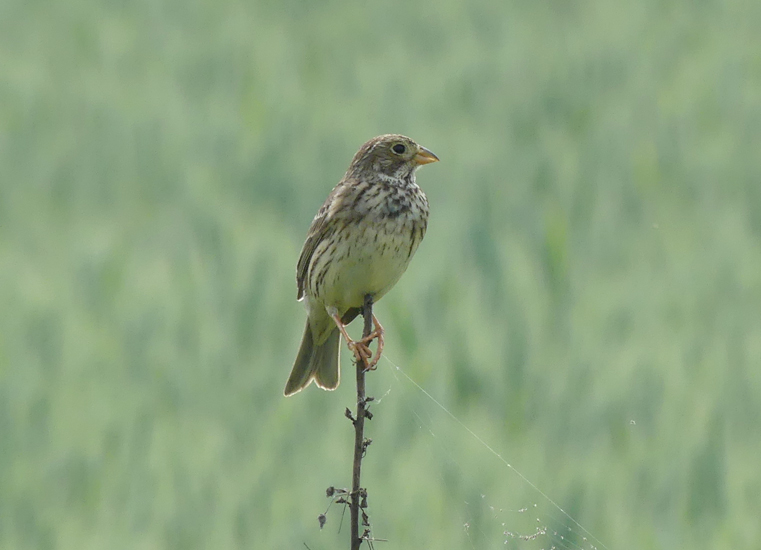
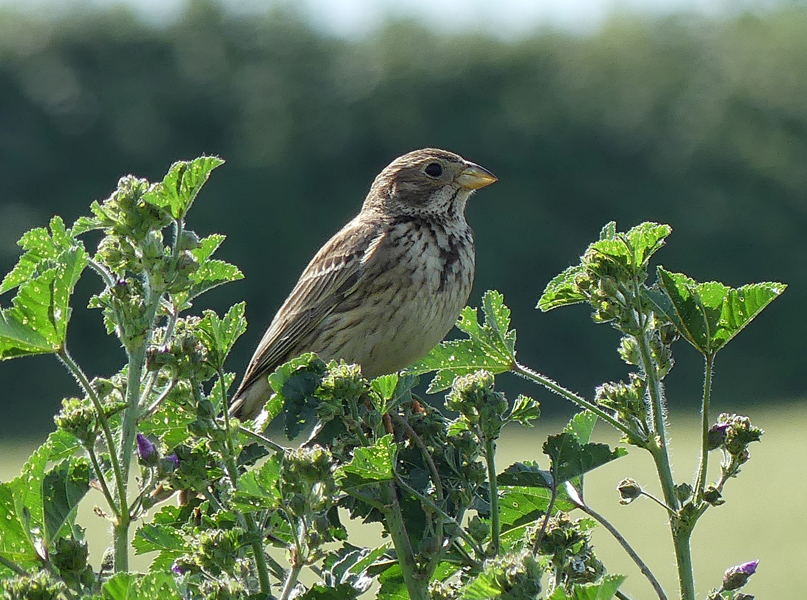
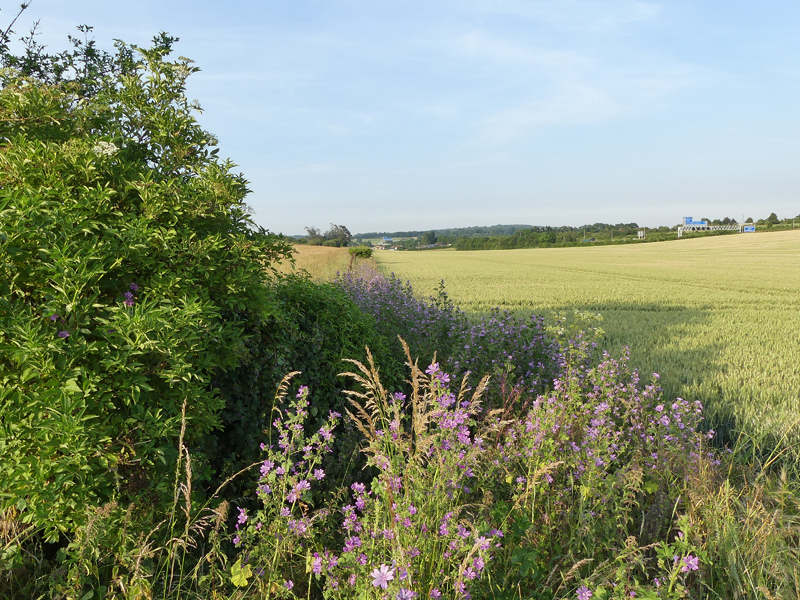
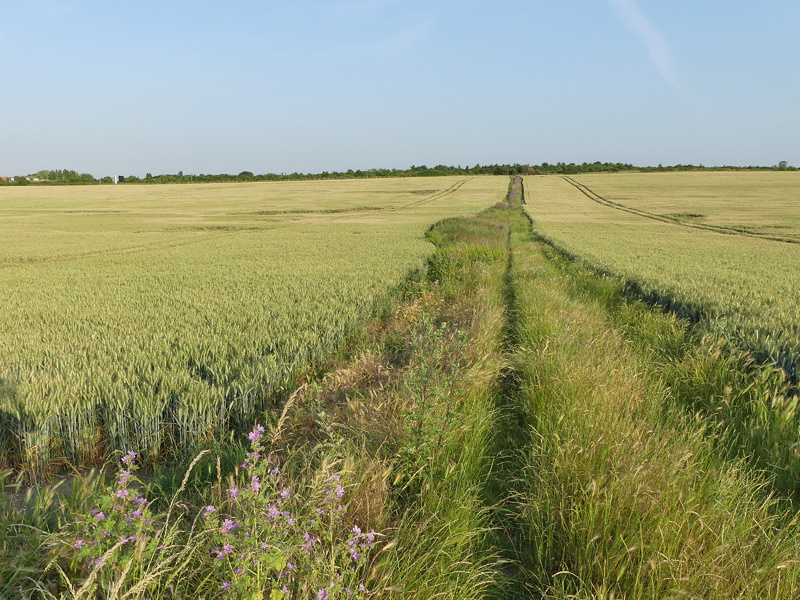
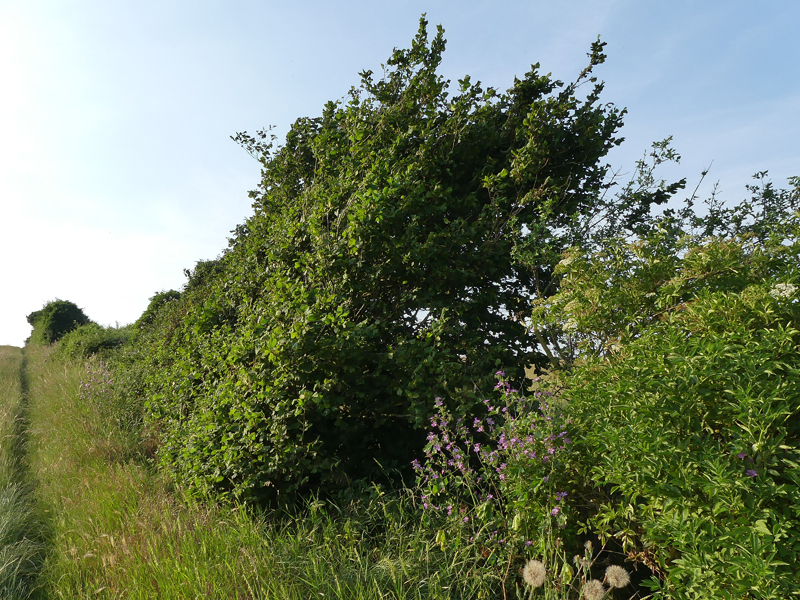
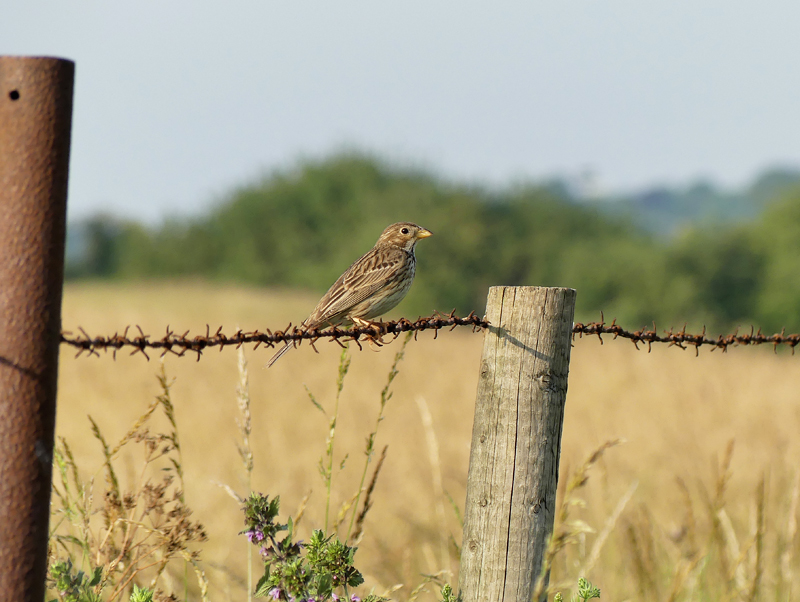
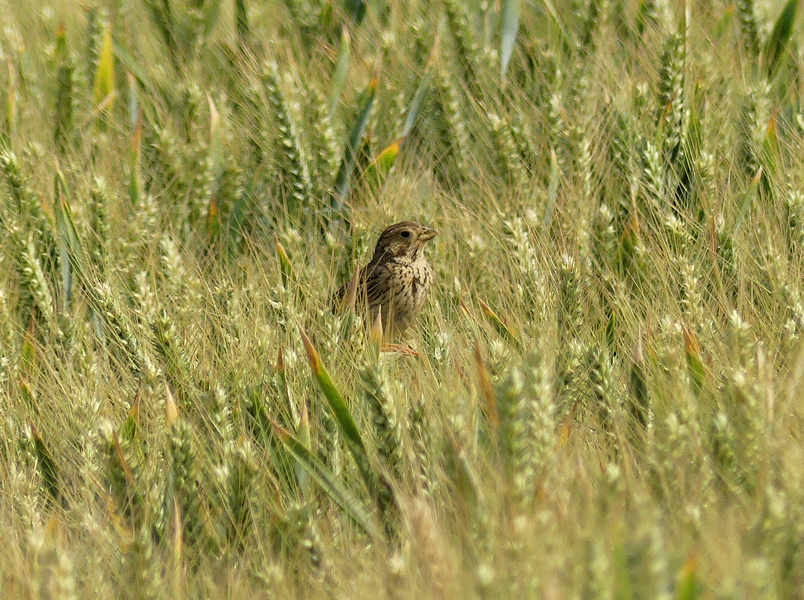
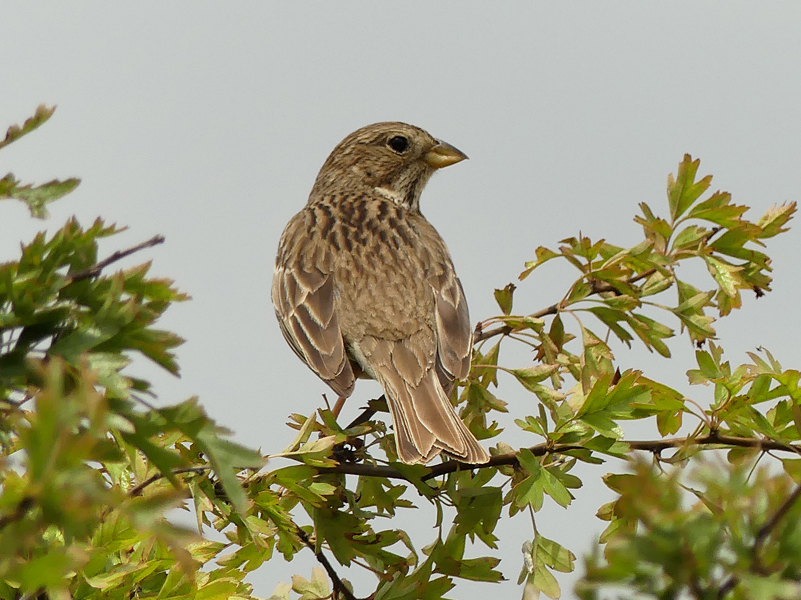
 Posted in
Posted in  Tags:
Tags: 









